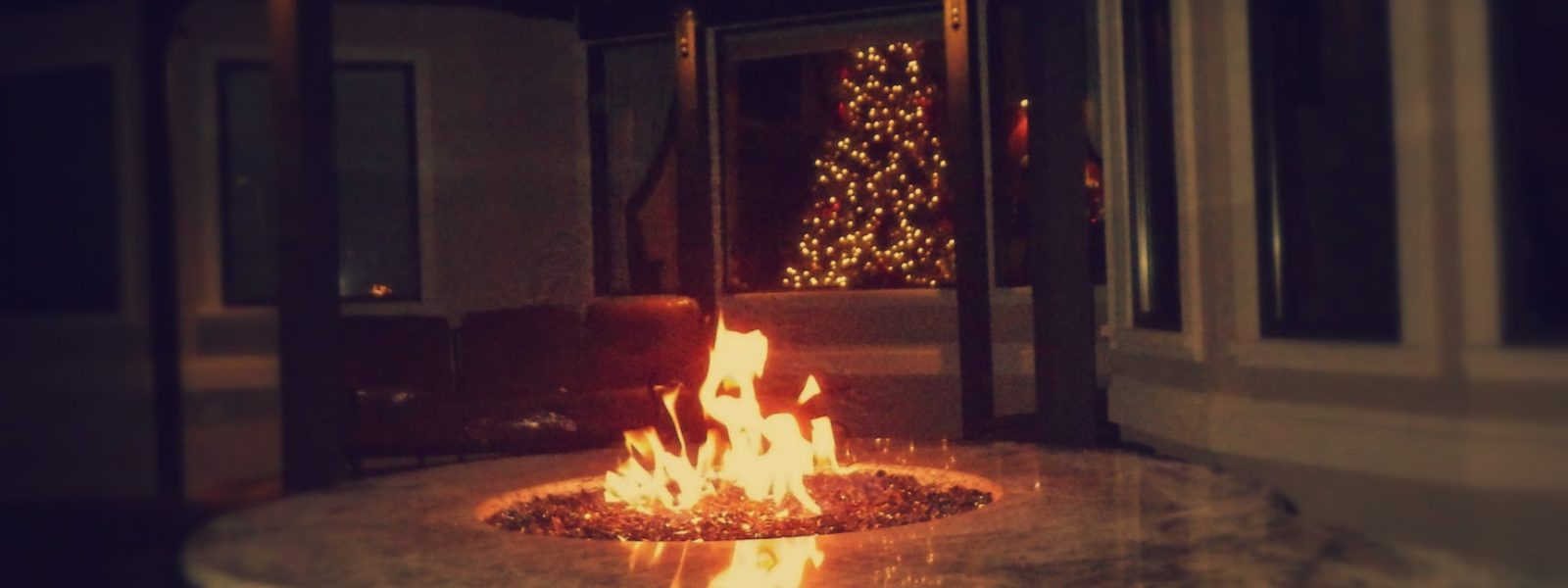This is a short primer on rain water storage using barrels. The basic principles of filtration, purification and storage can be scaled up for larger rainwater systems. For budget minded individuals that wish to start a rainwater storage system, on the inexpensive side, but still gain the knowledge to use in larger systems.
Rainwater Collection
The most convenient and practical method of rainwater collection would be to collect rain water from the roof. Even water quality testing in Gold Coast is very common nowadays. The area of a roof is very large, making the catching and diversion of rain water down gutters to the rain barrel a simple task; in almost all cases the gutter system already exists. Metal roofs would be more desirable for this than asphalt shingled roofs since asphalt would shed small granules and possibly leach petroleum products.
Metal roofs that are galvanized may leach zinc into the water so testing by your local authority (lab) for organic and inorganic material is a must if the water is to be potable. Roofing materials such as fiberglass, slate or painting the metal roof with a non-toxic paint are all good alternatives. Use the material that will introduce the least or no toxic material.
Filtering Rainwater
The first stage of filtration comes just after the rainwater leaves the gutters it’s called a roof washer; this will divert the first 5 gallons of water away from the water catchment system taking most of the solid material, such as leave, branches, etc. with it. Along with the roof washer, screening should be in place before the water being diverted to the rain barrel to catch any debris that the roof washer missed.
A second stage of filtration can be used to further filter out impurities, running rain water through rock, gravel and sand; this method will mimic the natural process found in nature. Final filtering by a commercial filter system with a 0.5 micron filter to get rid of any remaining sediments.
Purifying Rainwater
If water is to be used for human or animal use water filtering isn’t enough, the water must be purified. The method most used is the addition of chlorine to chemically purify water; one teaspoon of bleach will purify 5 gallons of water. Ultraviolet light is another method use to destroy pathogens in water, bacteria cannot survive being exposed to ultraviolet light.
A final filter of activated charcoal will remove the taste or smell of chlorine – if this method of purifying is used – to complete the purifying process.
Rainwater storage
The storage of rain water, if potable, should be in a food grade container; this way no contaminants or toxic material is introduced into the water from the container itself. The larger the container becomes the more costly a food grade container becomes, but other materials such as a food grade liner or lime plaster are deemed acceptable and used to coat larger containers.
After the water has been purified have it tested by a lab to certify the water as safe for human consumption.





